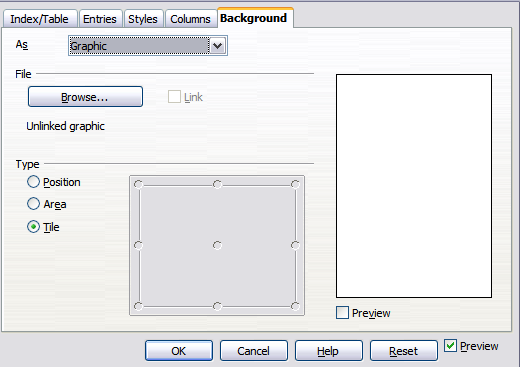
Externally, there are file extensions for two ways in which ODF spreadsheet documents may be used, as noted above. ots are for use as spreadsheet document templates.Īn ODF package can be recognized as a spreadsheet document in several ways. Files using the same markup specification and package but with an extension of. This description focuses on the more commonly used ZIP-based package format for ODF spreadsheet files, typically given the. The values listed below as File signifiers. fods, the root element has an office:mimetype attribute with one of For a flat ODF spreadsheet file, usually given a file extension of. See Notes in ODF Family for more information about the flat XML-only variant of ODF files. The ODF specification covers two physical forms for ODF documents, a flat form as a single XML file and a package form based on the ZIP_6_2_0 format. The same namespace and markup is used for tables in textual documents.

The primary ODF markup used for spreadsheets is specified in the table: namespace, with the element as a container for each worksheet. This shortcoming led to interoperability problems resolved in version 1.2. The key difference between ODF_spreadsheet_1_1 and ODF_spreadsheet_1_2 is that the later version incorporates the OpenFormula specification for formulas and functions, whereas ODF_spreadsheet_1_1 allowed any syntax for strings representing formulas. The ISO/IEC 26300:2015 specification is equivalent. The format, an international standard, is specified in the ODF 1.2 specification as published by OASIS. It is one of several subtypes in the ODF family for particular content categories. The OpenDocument Spreadsheet Document Format (ODS), Version 1.2 (given the short name ODF_spreadsheet_1_2 here) is an XML-based format for editable spreadsheet documents. Part of OASIS Open Document Format for Office Applications, Version 1.2 and the equivalent ISO 26300:2015.



OpenDocument Spreadsheet Document Format (ODS), Version 1.2.


 0 kommentar(er)
0 kommentar(er)
